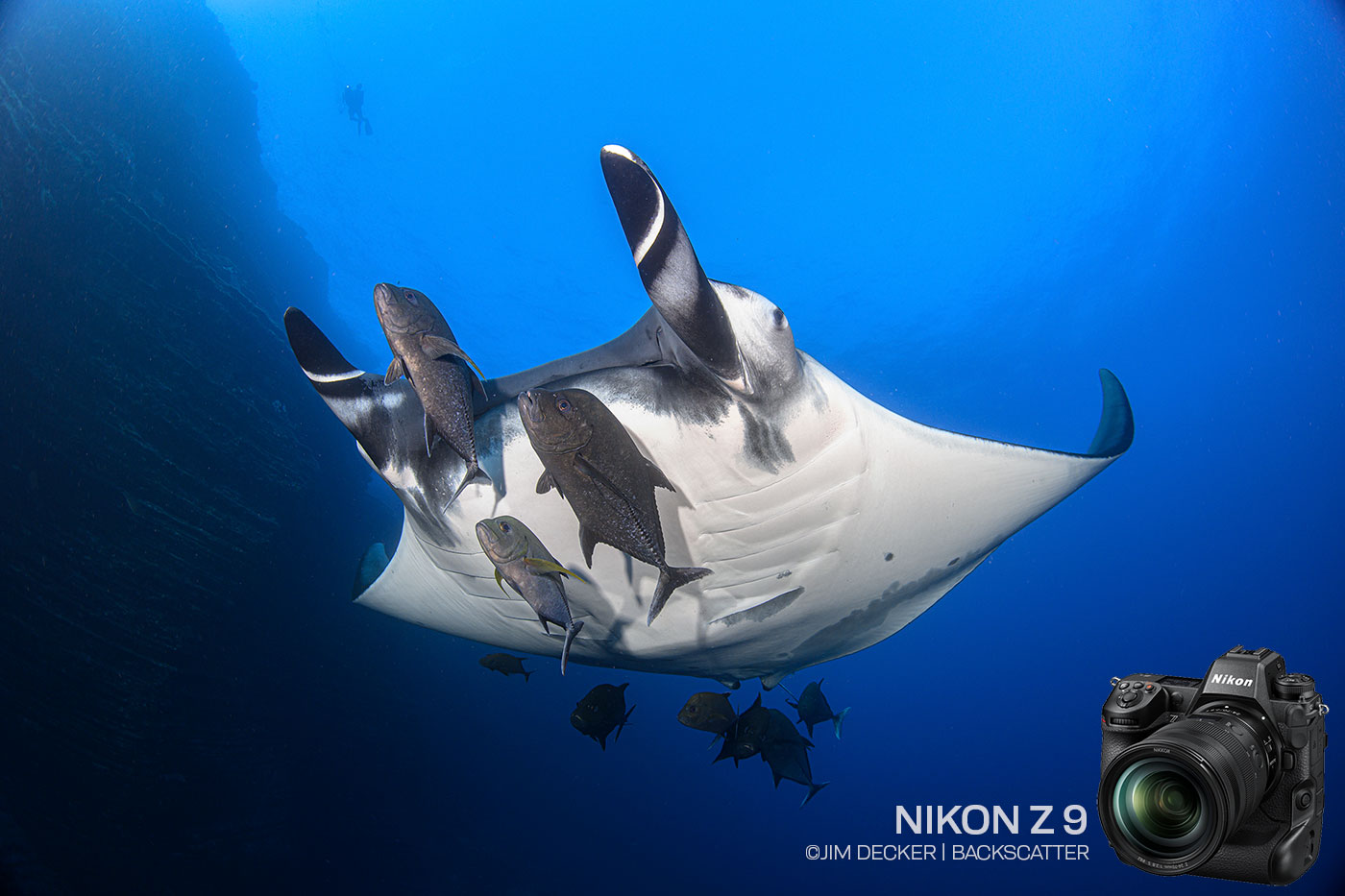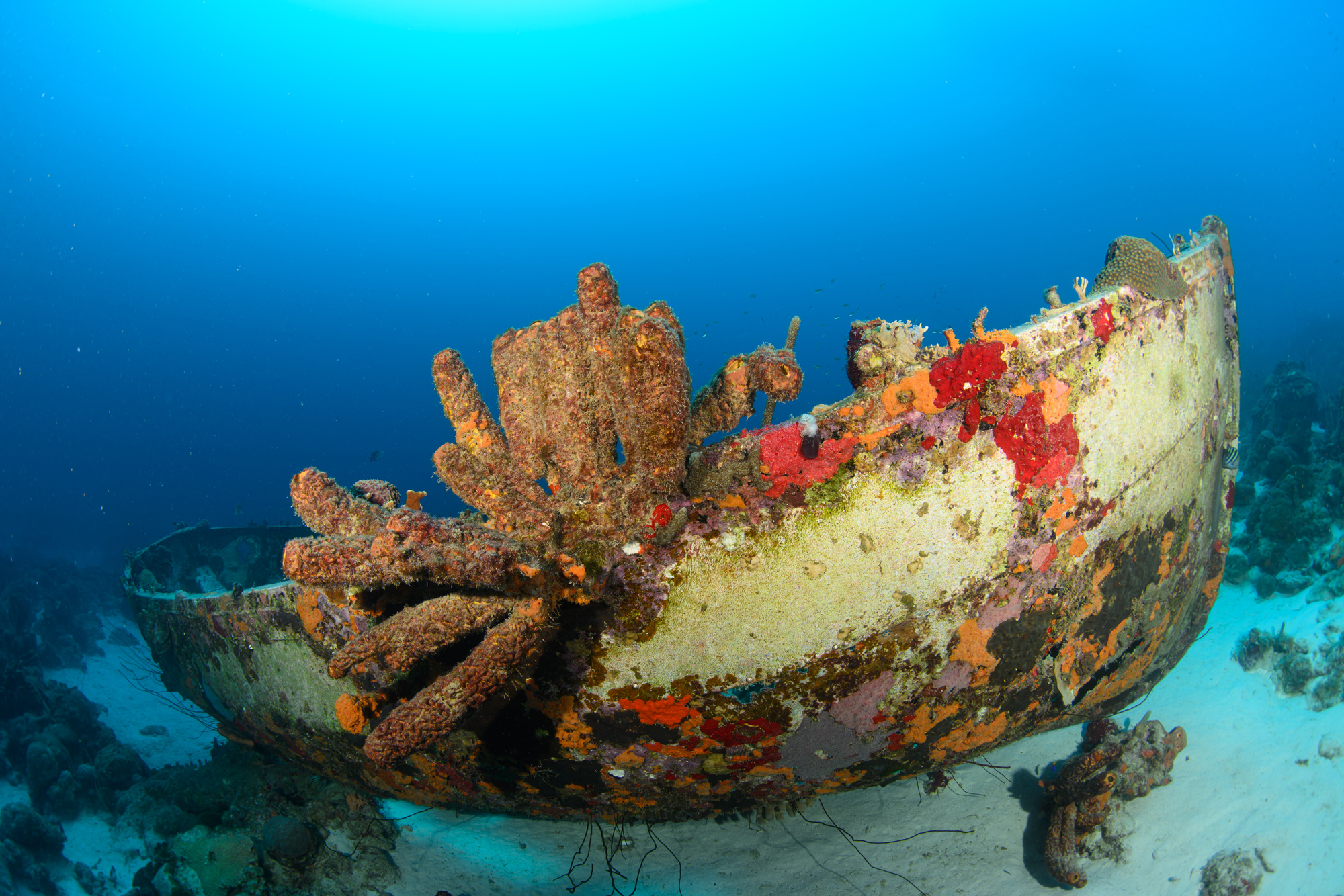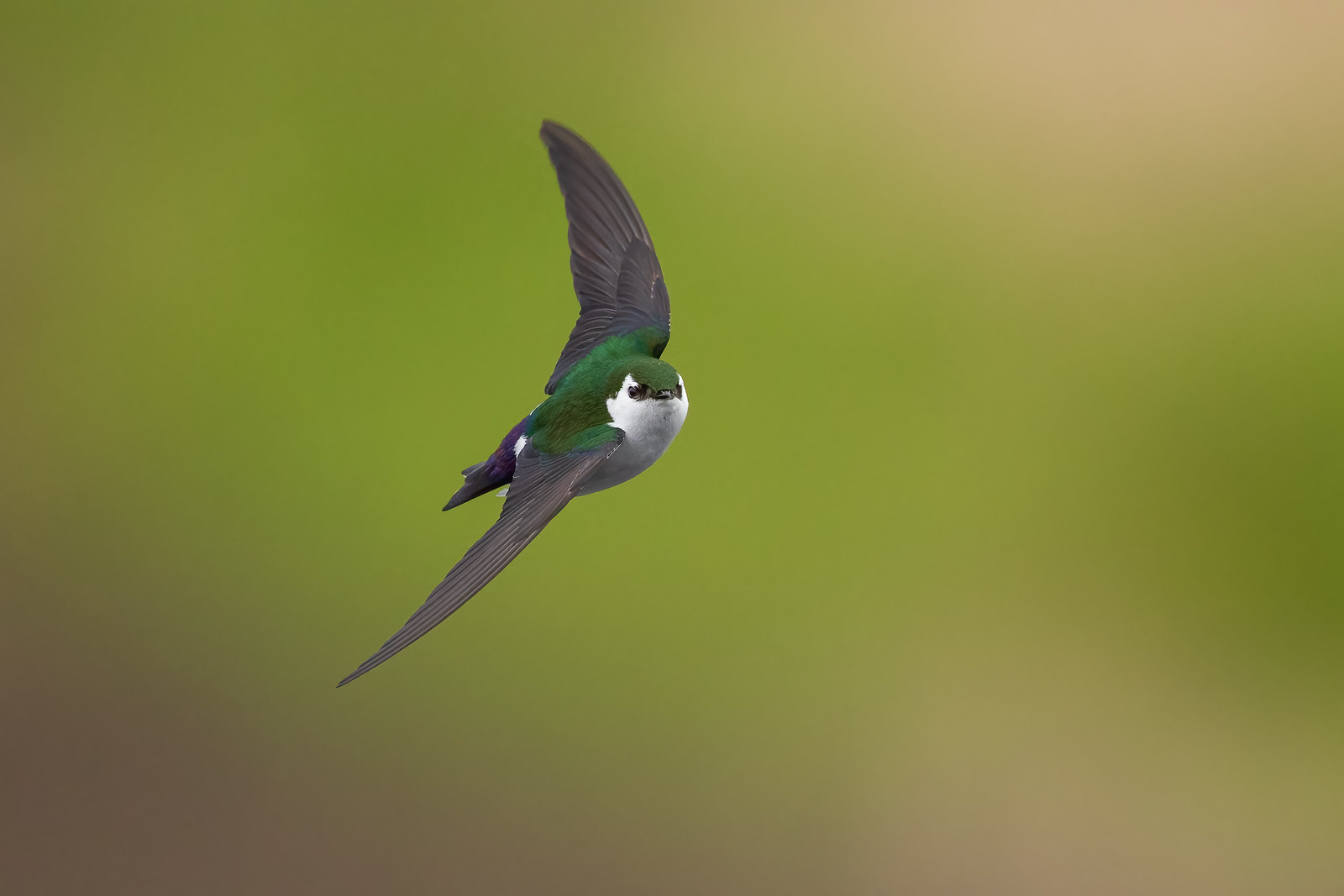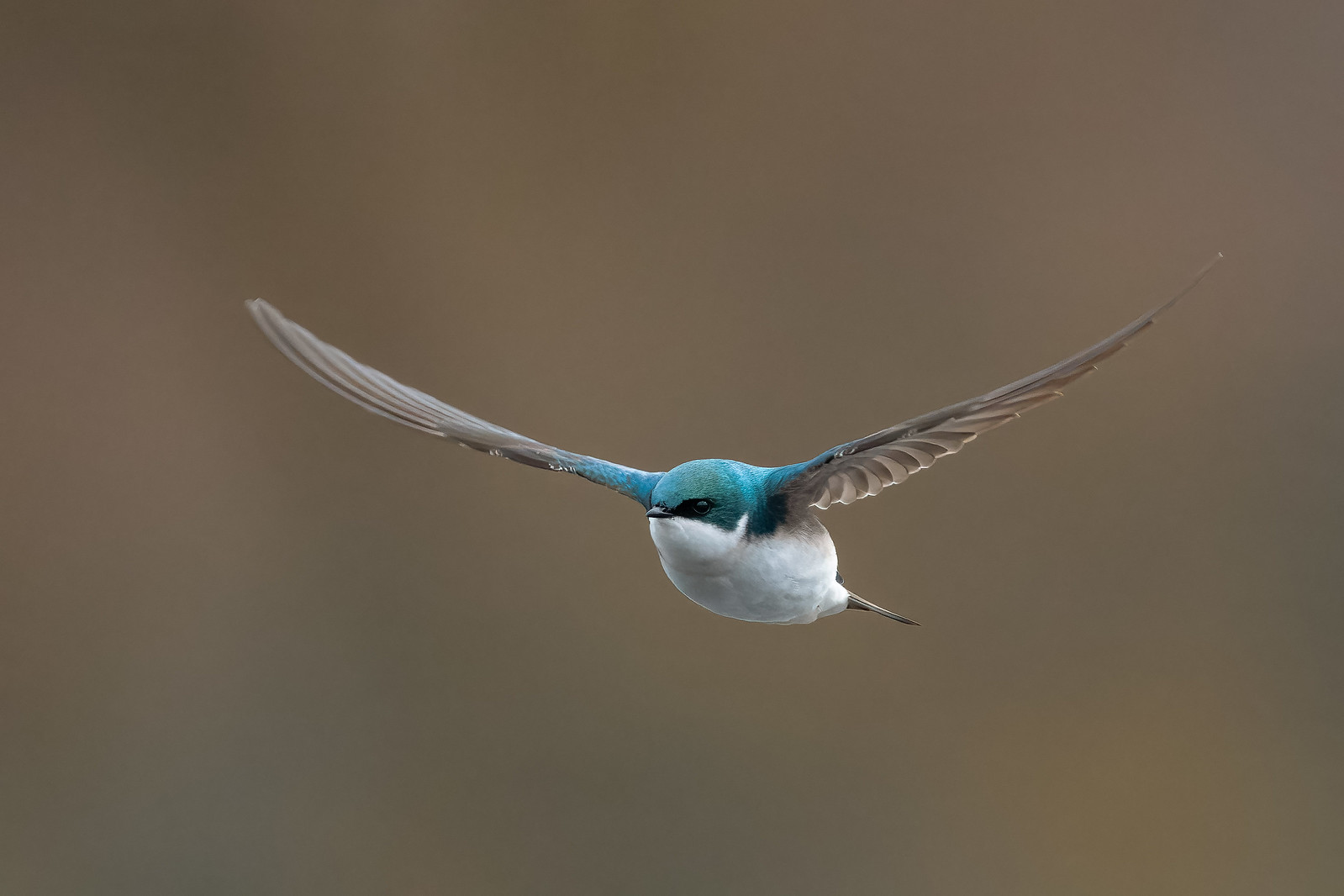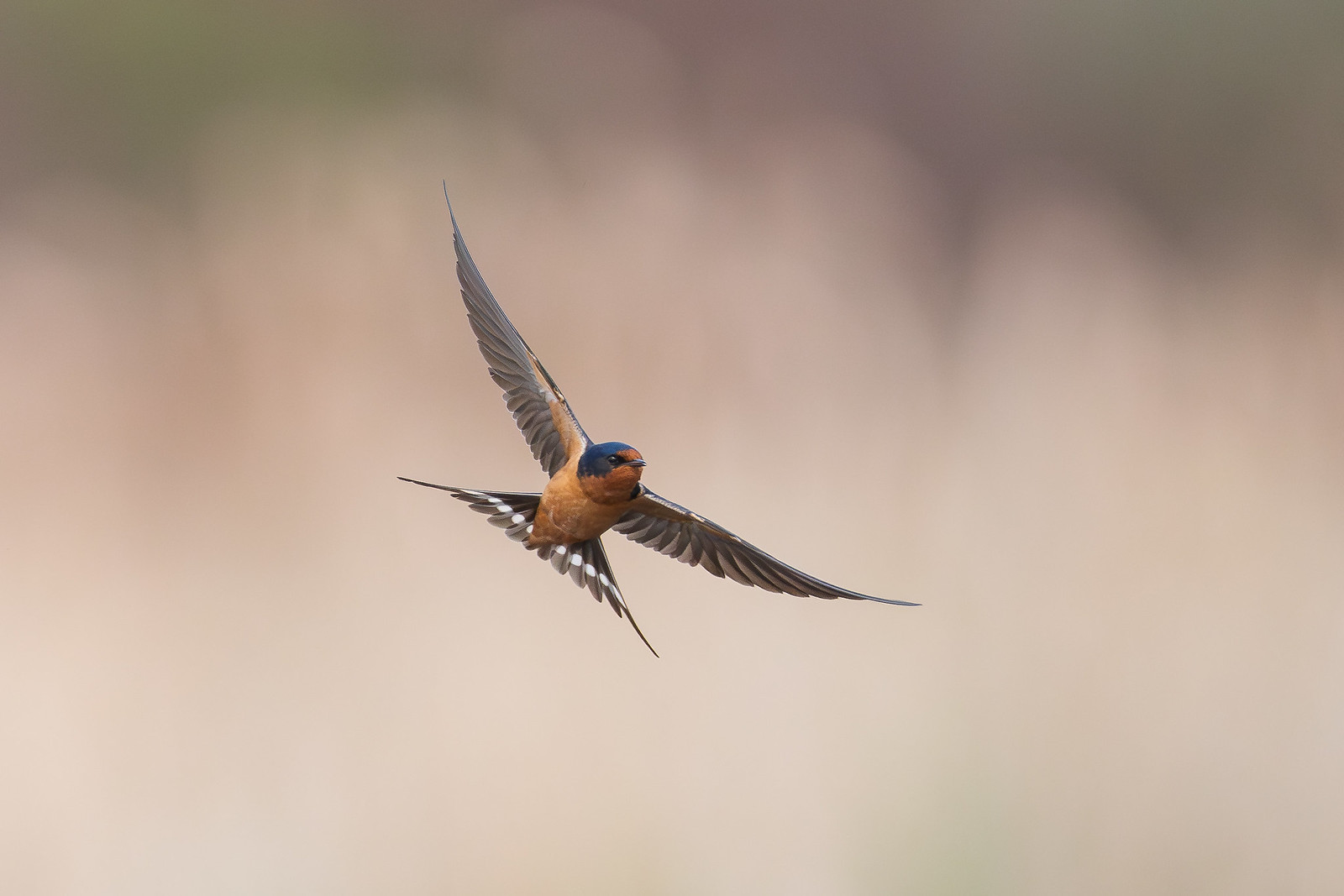The Z8 is good news then. Smaller and lighter than the Z9, with the same AF. Of course, maybe not as small as an A1. And less expensive than a Z9 and much less expensive than an A1.Absolutely it's down to the photographer, comes back to the "put a bad body in the hands of a pro".
But ultimately for the money I want the best advantage ☺
You talk about A1 that is actually my first choice (more compact means more travel friendly for underwater). Unfortunately I can't afford the ecosystem - their lens line up for e mounts are shocking and adapted lenses don't work well. However at least canon and Nikon both allow me to buy 2nd hand adapted lenses as full throttle (even better with Nikon as I already have the lenses).
Appreciate your thoughts on this. I'll see if I can rent/trial a z9 or a Z8 and test it for myself!
I have both a Z9 and Z8. Like them a lot. I was coming from a D500 and D850 when I started to use mirrorless (initially a Z7). Have not used a Sony or Canon in the same league As the Z9 or Z8.
I assume you can’t change batteries underwater. You might rent a Z8 to see how it works for you. With my Z9, I normally can go a full day, and perhaps more, on a single battery With often 3,000+ shots. The Z8 has a smaller battery — seems pretty good (still getting to know the Z8), but I expect that I might use two batteries in a full day shoot with 3,000+ images. Conditions and circumstances often vary.
There was much to learn and get used to when I got my Z9 in January, 2022. The camera got better as I used it more (and as new firmware came out). Makes me skeptical of reviews done by photographers who have not taken the time to get to know a camera.


